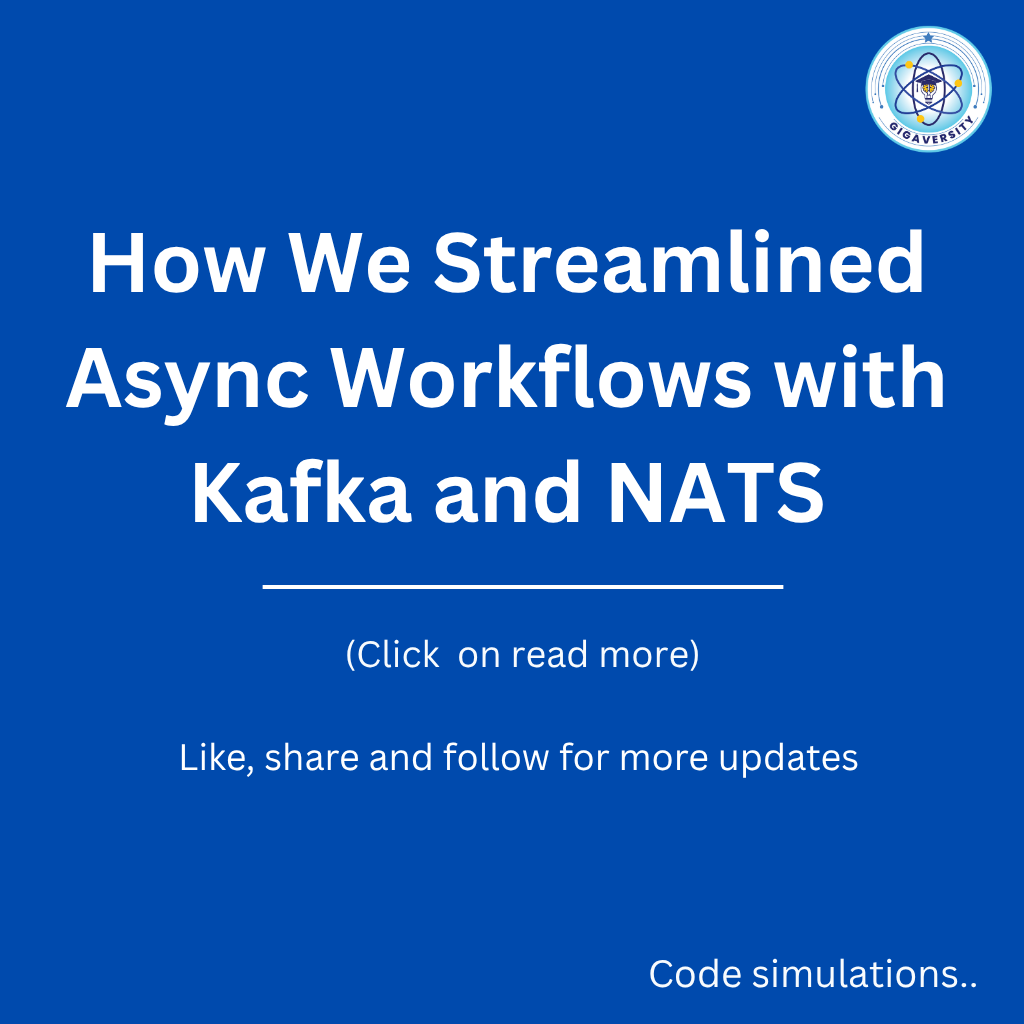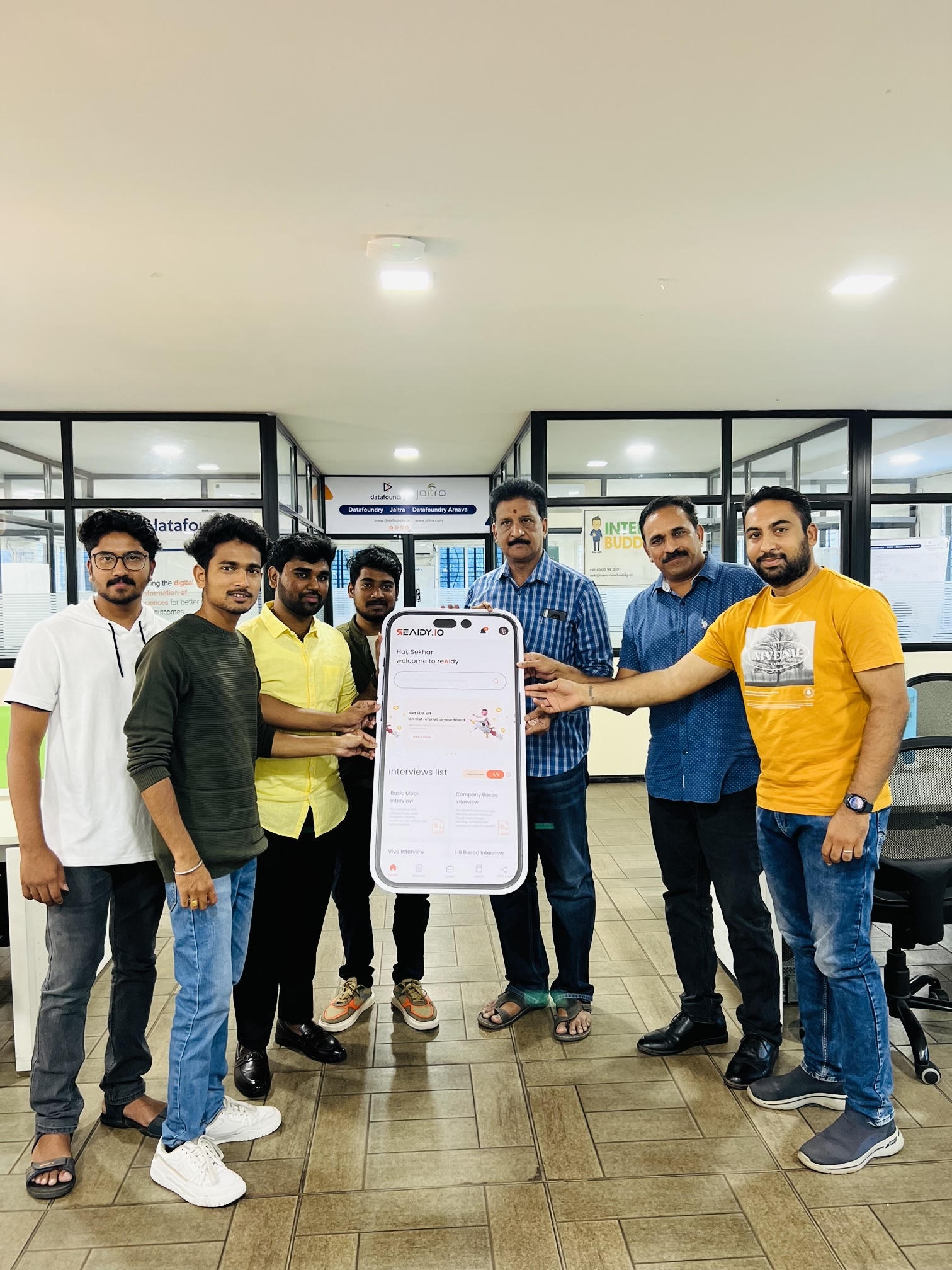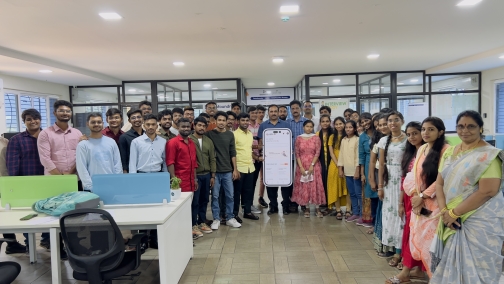Back
Gigaversity
Gigaversity.in • 2m
At Gigaversity, we recently transformed our internal service communication model by moving from REST polling to an event-driven architecture. The goal? Better scalability, faster response times, and reduced system load. 🔄 Traditionally, our microservices relied on REST APIs with polling mechanisms to communicate and sync workflows. This not only increased latency but also added unnecessary load on services that were constantly checking for updates. 🎯 Our solution: A hybrid event-driven system using both Apache Kafka and NATS. We used Kafka to handle high-throughput, persistent data streams—great for processing logs, user activity, and batch events. For lightweight, low-latency messaging, such as real-time status updates or system notifications, we chose NATS. It’s fast, reliable, and perfect for fire-and-forget signals. 💡 What’s unique about our approach? While Kafka or NATS is often used individually, combining both in a production-grade environment is rare—especially outside of big tech. Our system now uses Kafka for data-heavy events and NATS for quick signals, achieving the best of both worlds. 📊 Benefits we saw: 70% reduction in internal service latency Decoupled microservices, making them easier to scale independently Improved observability with event tracing and log streaming Have you explored hybrid event-driven patterns in your infrastructure? We welcome your insights, experiences, or questions in the comments below.

More like this
Recommendations from Medial
Gigaversity
Gigaversity.in • 3m
During one of our internal projects, we encountered an unexpected server crash at midnight that disrupted our operations. As the crash was abrupt, we quickly turned to log timestamp analysis to diagnose the issue, uncover hidden patterns, and find a
See More
Himanshu Singh
Help you to build yo... • 6m
As a backend engineer. You should learn: - System Design (scalability, microservices) -APIs (REST, GraphQL, gRPC) -Database Systems (SQL, NoSQL) -Distributed Systems (consistency, replication) -Caching (Redis, Memcached) -Security (OAuth2, JWT
See MoreRiktam Santra
Build the impossible • 6m
Hi all, I had a startup idea in mind and wanted everyone's opinion on it. we plan on creating an advanced event management platform. At first we plan on targeting general college and campaign events. we plan on including the following features: -
See MoreDownload the medial app to read full posts, comements and news.





































